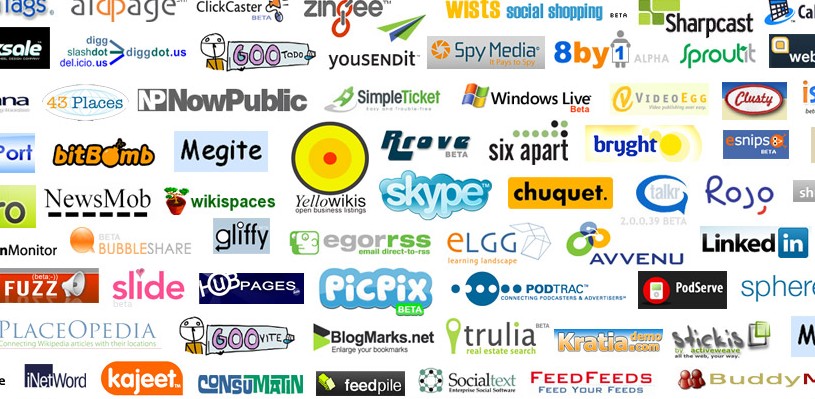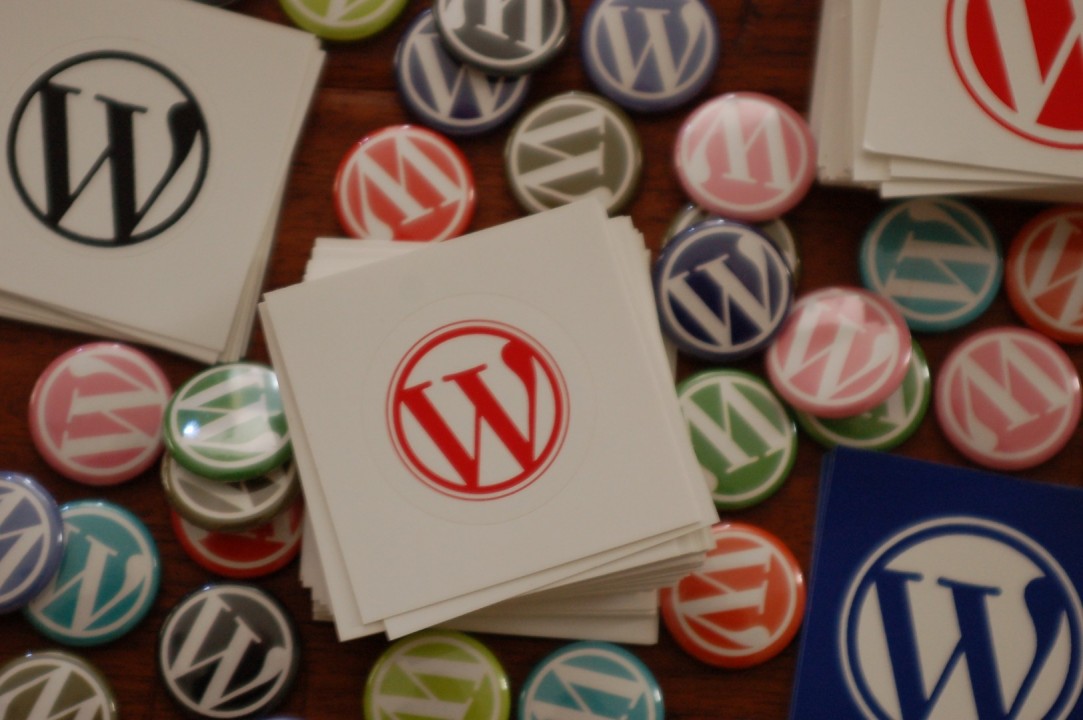 Website usability is a key part of any web development project, and it can affect the entire success of your overall marketing goals.
Website usability is a key part of any web development project, and it can affect the entire success of your overall marketing goals.
But what exactly is usability? And why does it matter so much to the website design process?
The term “usability” refers to how easy it is for customers to use and navigate your website.
Search engine optimization (SEO) is a technique that focuses on optimizing websites for Google’s “robots” (alternately known as “spiders,” “web crawlers,” or “GoogleBots”) — but Google has made several changes to its algorithm in recent years so that metrics from real visitors matter more. This means if your website has been optimized for an algorithm rather than human being usability, it’s actually not optimized well at all.
Usability can be broken down into five major components:
- Effectiveness: Conversions aren’t necessarily going to be onsite purchases. For your business’s website, conversions might be email sign-ups or page interactions; you might even have multiple conversion goals that change all the time. If your site visitors aren’t actually following through with your conversion goals, it might be because your conversion goals aren’t a good fit for your business — or it could be a sign that your website isn’t effective.
- Efficiency: This might sound like the exact opposite of what a conversion goal would be; after all, you definitely don’t want to see high bounce rates, low click-through rates, or low times spent on certain pages. On the other hand, your customers don’t want to be spending all day on your website trying to figure it out! Efficiency can be measured in a few different ways: e.g., how quickly do repeat visitors make conversions? How much deviation is in the path for completing a conversion — is it clear and simple? How long does it take for a page to load when accessed by a mobile device user?
- Learnability: Each website is unique and it takes visitors a short period of time — sometimes just a few seconds — to figure out how to use and navigate your site… Well, it should only take a short period of time. If you’re noticing that visitors aren’t clicking around much, can’t find the sitemap, or that certain pages have a high bounce rate, your website might not be easy for new visitors to learn and understand.
- Memorability: If your SEO is good, a first-time visitor will be able to search for your website via a search query when he/she wants to visit the site a second time. Repeat traffic is something that Google monitors and it helps with SEO rankings. Your web design should be optimized for repeat visitors simply by being memorable: even if a visitor can’t remember the name of your business, he/she might remember specific page titles, blog posts, or product keywords to use in a search engine query.
- Error Preventability:Simple web development errors like missing pages (404 pages) and broken links will hurt your SEO; these errors are detected by Google’s ‘bots. They’re also really frustrating for actual people who are trying to navigate your website, too. Pop-up ads, content that isn’t related to the page title, and intrusive advertisements are responsible for 80% of page bounces for Millennial users.
All of these components factor into one important web development assessment: Overall User Satisfaction.
Pew Research data shows that at least 60% of consumers have researched a product or service online; many of these queries do result in real conversions and transactions for businesses. Consumers have to be impressed with your website and be engaged enough to interact with you — whether online or in-store. In order to make this happen, it’s essential that your business has a good foundation built on professional and reliable website optimization and web development.



